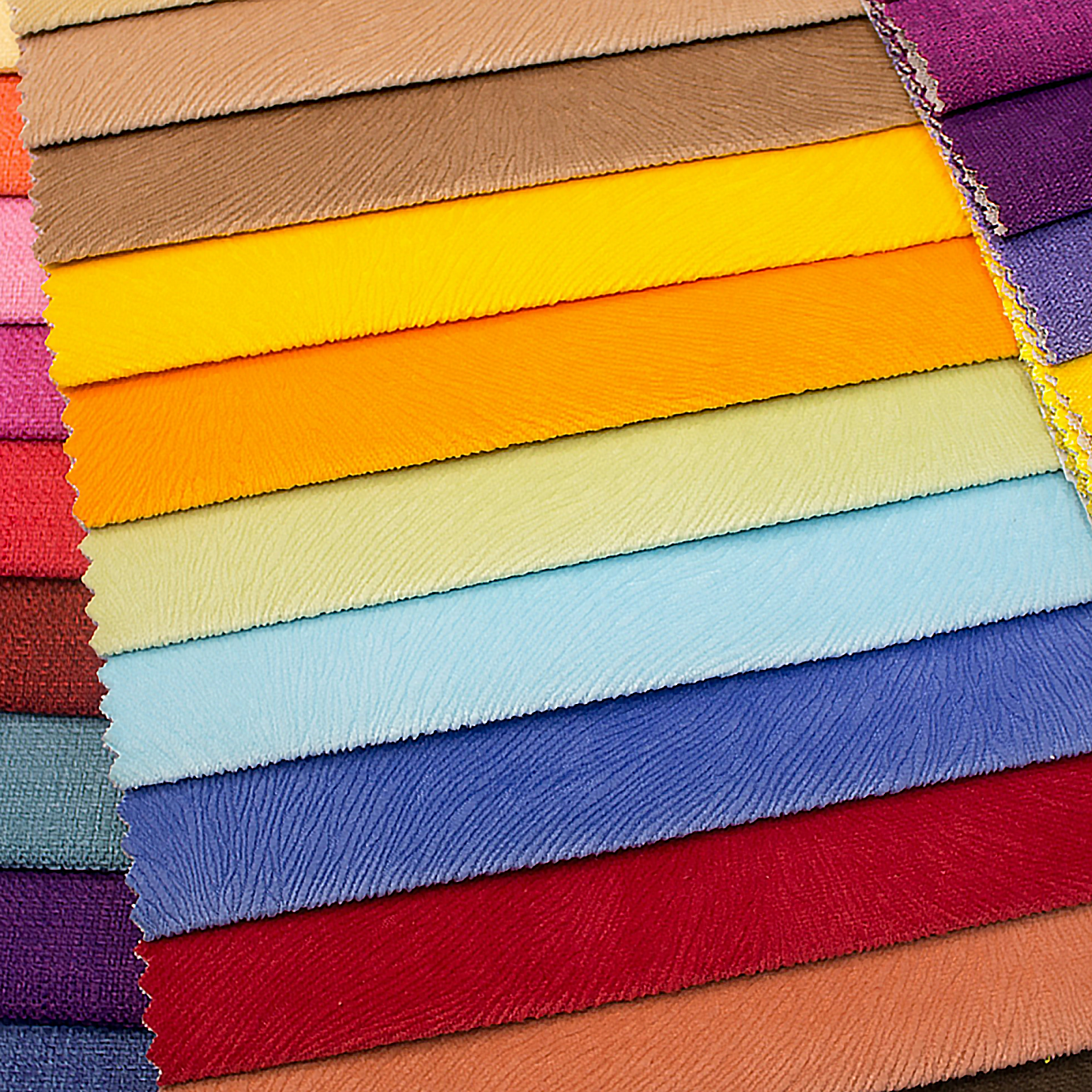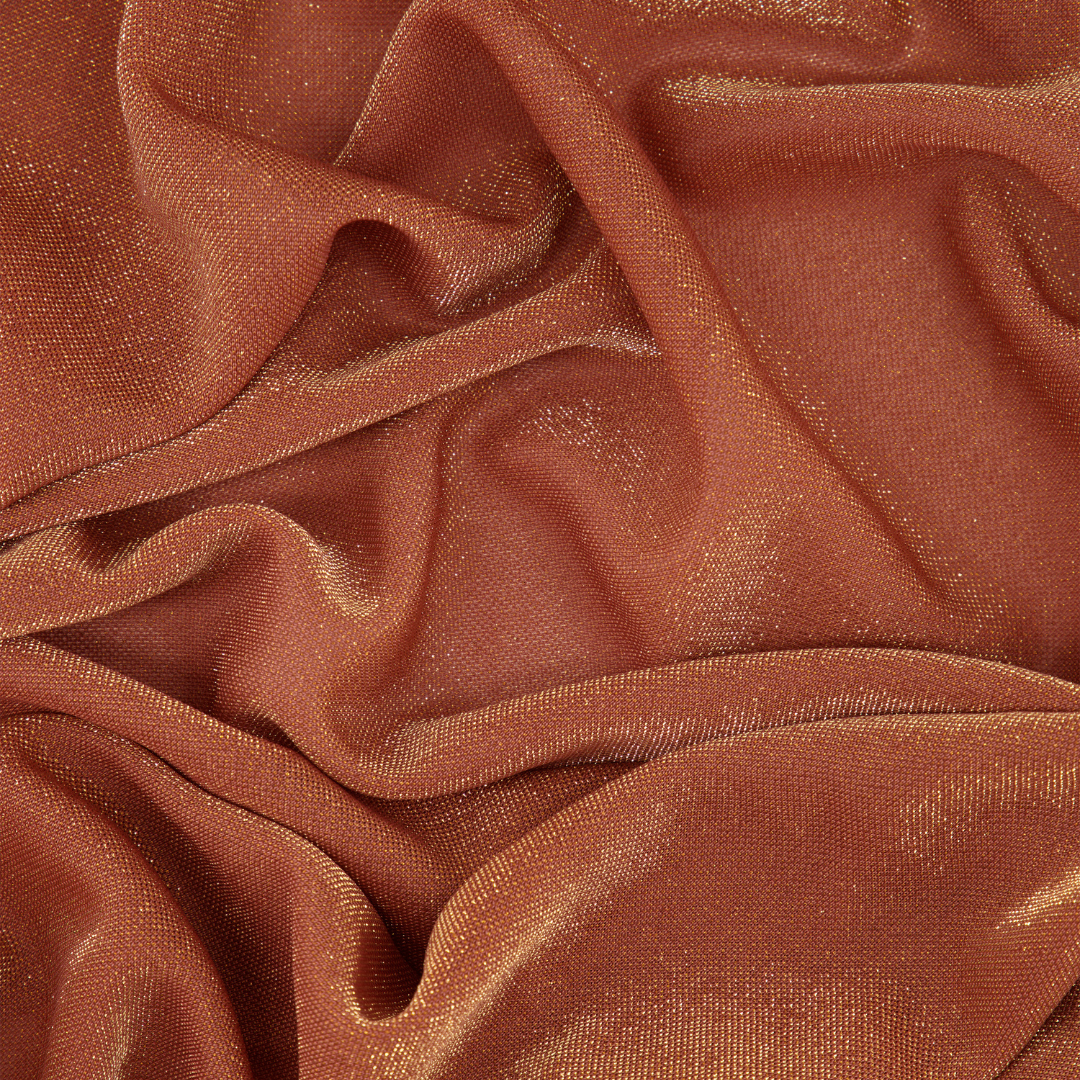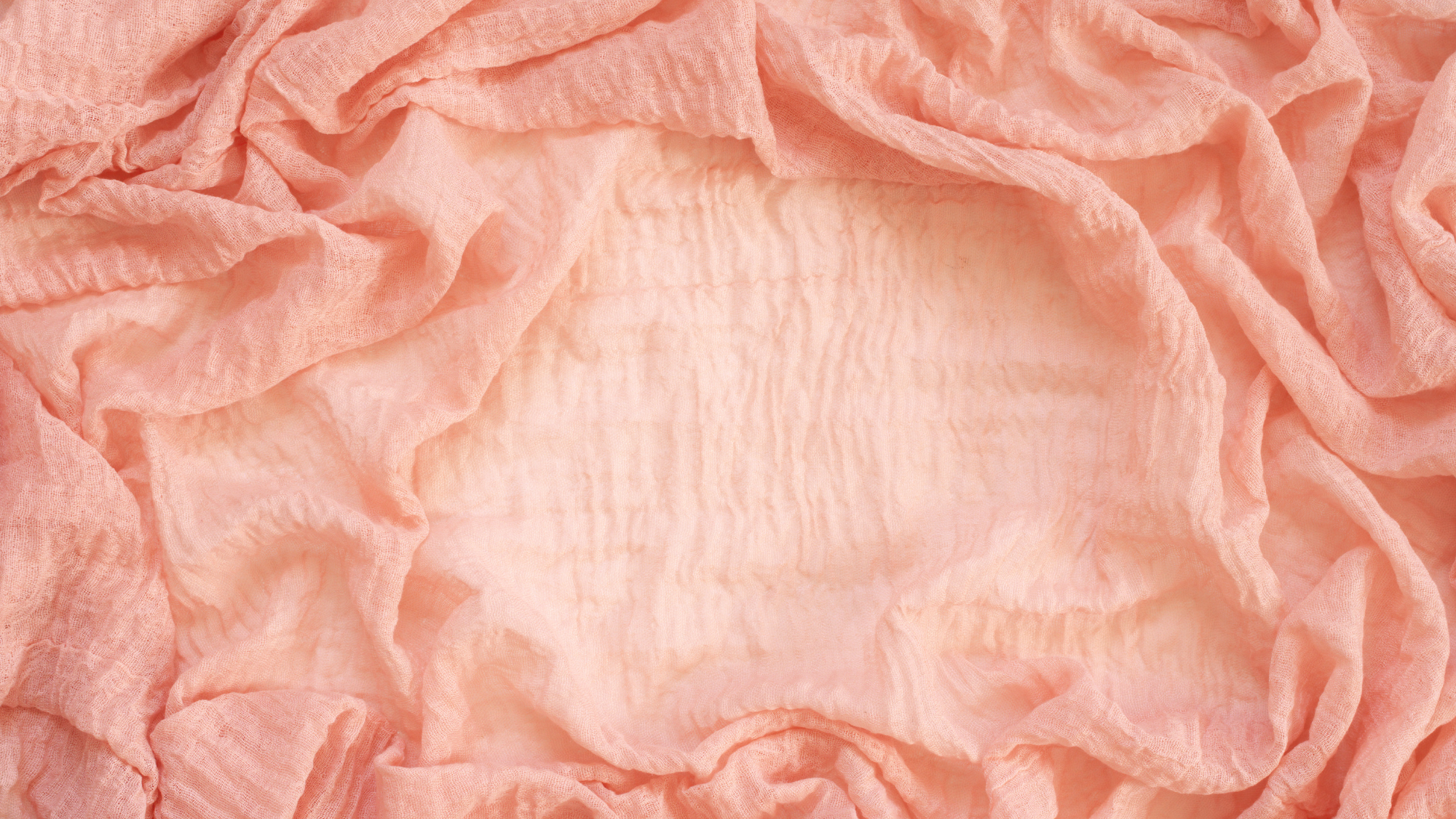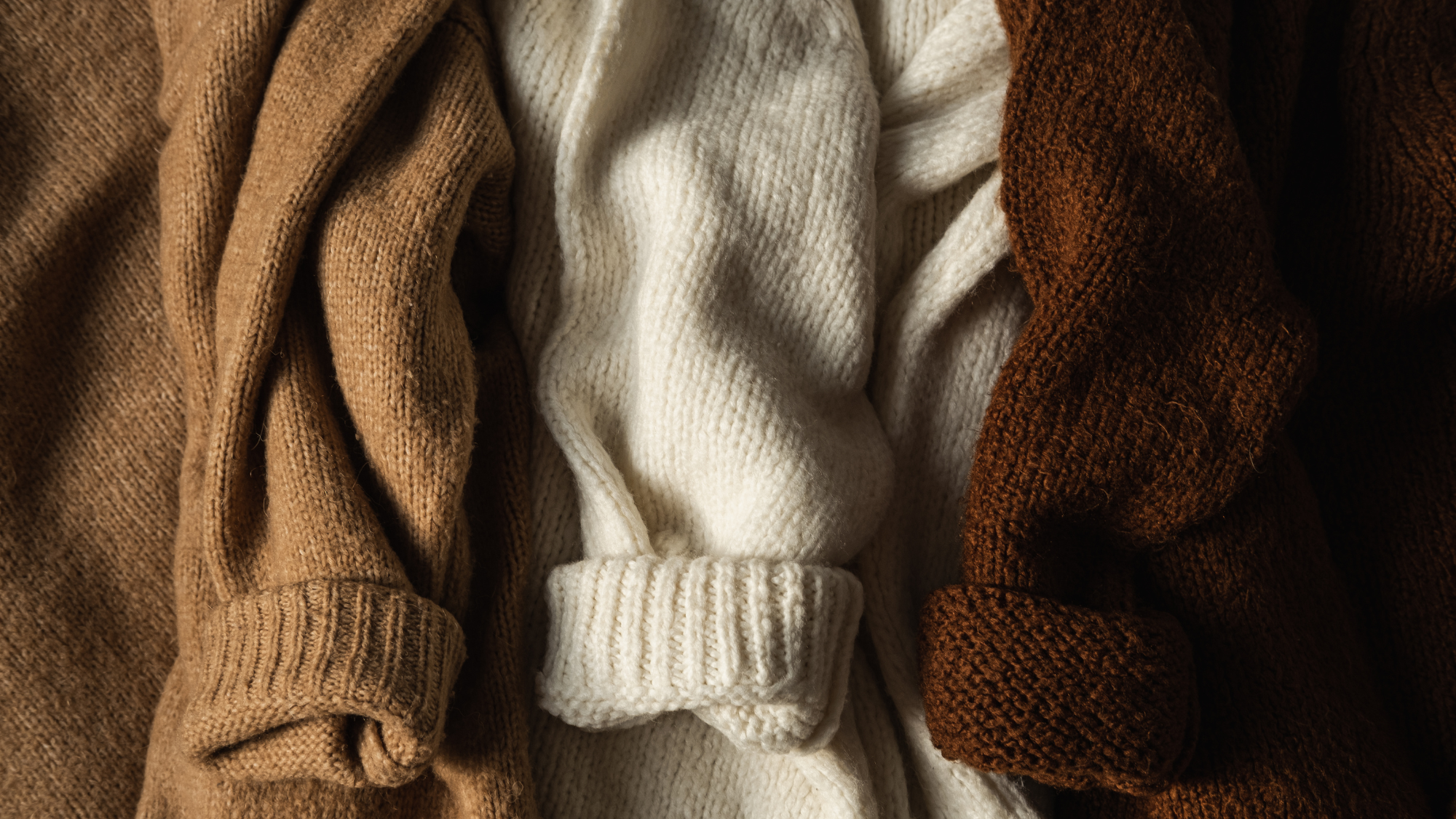
So you bought your first sewing machine…now what? There are a few steps you’ll need to follow before creating the garment of your dreams, but once you master them, you’ll be off to the races. Here’s everything you need to know about using a sewing machine as an absolute beginner.
Step 1: Familiarize Yourself with the Sewing Machine
Before you start sewing, it's essential to understand the basic components of a sewing machine. Key parts include the needle, presser foot, bobbin, thread spool, and the stitch selection dial. Refer to your machine's manual for specific details as machine designs may vary.
Step 2: Threading the Machine
- Upper Thread:
- Place a spool of thread on the designated spindle.
- Guide the thread through the thread guides, following the arrows indicated on your machine.
- Thread the needle by passing the thread through the needle's eye from front to back.
- Bobbin:
- Wind the bobbin with the desired thread color.
- Follow the machine's instructions to load the bobbin into its case, ensuring the thread unwinds in the correct direction.
Step 3: Adjusting Tension
Understanding and adjusting thread tension is crucial for achieving neat and even stitches. Consult your machine's manual to learn how to adjust the tension settings, and practice on scrap fabric until you achieve the desired results.
Step 4: Selecting a Stitch
Most sewing machines offer a variety of stitches. Common choices include straight stitch, zigzag, and decorative stitches. Use the stitch selection dial to choose the desired stitch for your project.
Step 5: Threading the Bobbin Case
- Lift the needle to its highest position using the handwheel.
- Open the bobbin case cover and insert the wound bobbin, following the arrows and any guides.
- Pull the thread through the slit and under the tension spring.
Step 6: Loading the Bobbin
- Place the wound bobbin into the bobbin case.
- Pull the thread through the bobbin case's slit, leaving a few inches hanging.
- Hold onto the free end of the thread while closing the bobbin case.
Step 7: Setting Up the Fabric
- Place your fabric under the presser foot, aligning the edge with your chosen seam allowance.
- Lower the presser foot using the lever.
- Hold both the upper and bobbin threads towards the back, ensuring they are out of the way.
Step 8: Starting to Sew
- Use the handwheel to lower the needle into the fabric.
- Hold the fabric with both hands, gently guiding it as you begin to sew.
- Use the foot pedal to control the machine's speed. Start slowly until you become comfortable with the rhythm.
Step 9: Stitching Techniques
- Straight Stitch:
- For straight stitching, keep the fabric aligned with the edge of the presser foot.
- Use the guidelines on the machine's throat plate for straight seams.
- Zigzag Stitch:
- Adjust the stitch width for zigzag stitching.
- Zigzag stitches are great for finishing edges and decorative purposes.
- Backstitching:
- To secure the beginning and end of a seam, backstitch by sewing a few stitches forward, then reversing and sewing back.
Step 10: Finishing the Seam
- Once you reach the end of your seam, stop the machine and lift the presser foot.
- Trim the threads, leaving a few inches for tying a knot.
- Tie a knot using the upper and bobbin threads to secure the seam.
Step 11: Practice and Troubleshooting
Practice on scrap fabric to master the basics. If you encounter issues like uneven stitches or thread tension problems, consult your manual for troubleshooting tips.
Step 12: Maintenance
Regularly clean your machine and oil it according to the manufacturer's instructions to keep it in good working condition.
Remember, patience and practice are key to becoming proficient with a sewing machine. As you gain experience, you can explore more advanced techniques and projects. Enjoy the journey of creating with your sewing machine!





